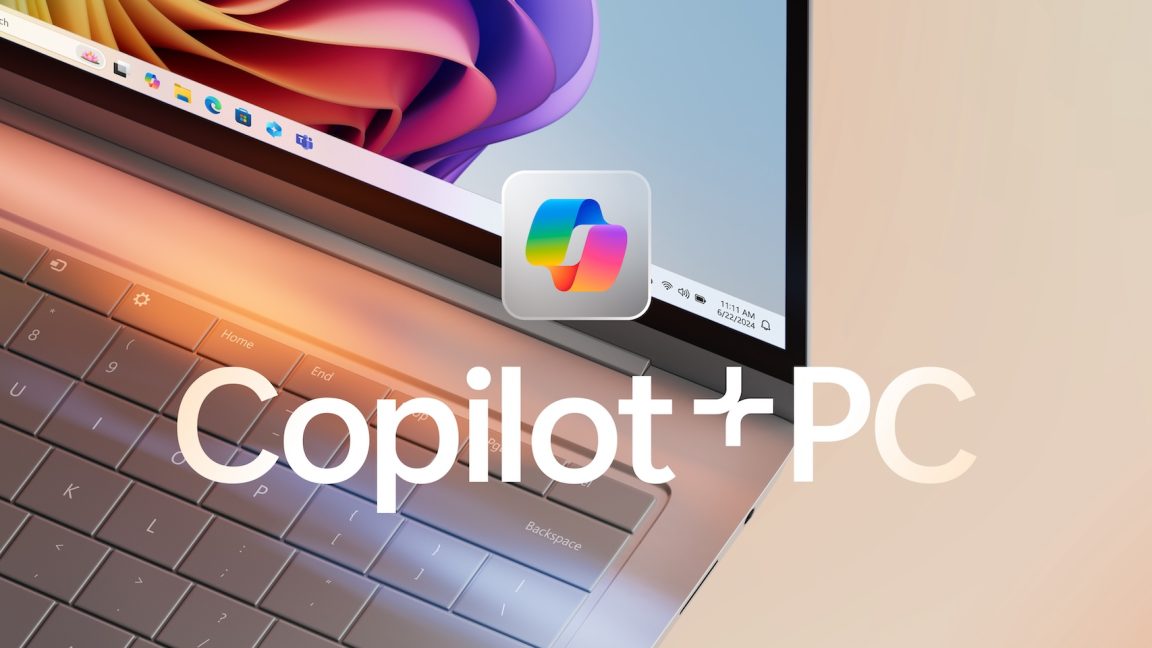
WWW.FORBES.COM
3 Unsustainable Habits To Leave Behind In 2024
Old Habits - New Habits signpost gettyThe world is at a critical juncture. Climate change and unsustainable consumption habits demand urgent attention. As we approach 2025, it may be time to address three unsustainable practices that should be abandoned, and bring to the forefront, practical solutions for entrepreneurs, policymakers, and individuals for impactful changes.Leave Overconsumption of Fast Fashion In 2024Fast fashion, a business model emphasizing rapid production of low-cost, trend-driven clothing, has significant environmental consequences and its overconsumption should be left in 2024. According to Earth.Org, this disposable approach to fashion generates approximately 92 million tons of textile waste globally each yeara figure projected to rise to 134 million tons annually by 2030. Cheap, trendy clothing may appear harmless, but unbeknownst to many, its environmental toll is staggering. The industry, notorious for its rapid production cycles and low-cost trends, contributes to overflowing landfills, water pollution, and climate-altering emissions. According to the UN Environment Program, fashion is the second-largest global consumer of water, with 93 billion cubic meters used annuallyenough to sustain about 5 million people. Additionally, carbon emissions from the industry surpass those of aviation and shipping combined, driven by the energy-intensive production of synthetic fibers and global transport networks. Microplastics, released from washing synthetic textiles, now account for 35% of the microplastics polluting our oceans, according to a 2017 study by the Global Marine and Polar Program. These sobering figures highlight the urgent need to shift consumer habits and hold brands accountable for sustainable practices, as the cost of fast fashion extends far beyond its price tags and trendy looks.People visit the XR Guerrilla Fashion's protest in Utrecht's Griftpark that showcased a ... [+] 7,000-garment installation by Pet van de Luijtgaarden, highlighting the global fight against fast fashion.Middle East Images/AFP via Getty ImagesAddressing the environmental devastation caused by fast fashion demands bold and immediate action. Consumers must embrace a "buy less, buy better" philosophy, prioritizing quality over quantity and supporting sustainable, ethically produced brands. Simple actions like repairing clothes, participating in clothing swaps, and choosing secondhand options can significantly reduce waste. However, the burden cannot rest on consumers alone. Corporations must be held accountable for transparency, fair labor, and sustainable supply chains. Education is keyraising awareness about fast fashion's true cost can shift cultural attitudes and inspire more responsible choices by consumers.Leave Single-Use Plastics In 2024The fight against single-use plastics has gained significant momentum worldwide, with particular focus on reducing reliance on plastic bags. According to a report by UN Environment and WRI, by July 2018, 127 of the 192 countries reviewed had implemented legislation addressing plastic bags. These measures vary widely, from comprehensive bans in nations like Jamaica to gradual phase-out strategies adopted in Moldova and Uzbekistan. Other countries, such as Romania and Vietnam, have introduced policies that encourage the use of reusable alternatives, signaling a growing commitment to reducing plastic waste globally.MORE FOR YOUActivists take part in a rally pushing for rejecting single-use plastic products in Jakarta, ... [+] Indonesia on July 24, 2022.NurPhoto via Getty ImagesThe worlds addiction to plastic has created an environmental crisis of staggering proportions. According to The Round Up, 400 million metric tons of plastic waste are generated annually, yet only 18% is recycled, leaving the majority to accumulate in landfills, ecosystems, and oceans. Each year, 10 million tons of plastic enter our oceans, contributing to the estimated 5.25 trillion pieces already polluting marine environments. Much of this waste originates from major producers like China, which accounts for 32% of global production, and the United States, which generates 42 million tons annually, the highest of any country. The sale of 50 billion plastic water bottles annually in the U.S., as highlighted by The Round Up, exemplifies the single-use culture driving this crisis. While nations like India recycle up to 60% of their plastic, most countries lag far behind, underscoring the urgent need for systemic global solutions to address this escalating catastropheTOPSHOT - A man on a boat collects recyclable plastics from the heavily polluted Citarum River at ... [+] Batujajar in Bandung, West Java, on June 12, 2024. (Photo by TIMUR MATAHARI / AFP) (Photo by TIMUR MATAHARI/AFP via Getty Images)AFP via Getty ImagesTo truly address the escalating crisis of plastic pollution, a multifaceted and unified global approach is essential. Policymakers must go beyond piecemeal bans and phase-outs, implementing comprehensive frameworks that target the entire lifecycle of plasticsfrom production to disposal. Investment in research and development of biodegradable alternatives, coupled with incentives for industries to adopt sustainable packaging solutions, can help shift reliance away from single-use plastics. Public awareness campaigns should be intensified to educate consumers about the environmental cost of plastic dependency and encourage behavioral changes, such as the use of reusable items and proper recycling practices.Meanwhile, corporate accountability must be prioritized, with mandates requiring businesses to adopt circular economy principles, including extended producer responsibility for plastic waste. Additionally, international collaboration is vital to standardize regulations, fund cleanup initiatives, and prevent transboundary plastic waste leakage. This concerted effort is not just a necessity but a responsibility, ensuring a sustainable future for our planet and generations to come.Leave Excessive Energy Consumption In 2024Excessive energy consumption and waste present profound challenges to global sustainability, impacting both the environment and the economy and should be left in 2024. A study conducted by the International Energy Agency revealed that a staggering 66% of global energy production is wasted, underscoring inefficiencies in energy systems across residential, commercial, and industrial sectors. This wastage is not merely a statistical concern but a significant contributor to climate change. For example, in the United Kingdom, 62% of generated energy is rejected, amplifying carbon dioxide (CO2) and methane emissionsmethane being 28 times more potent than CO2 in trapping heat according to Green Match. The environmental repercussions are dire, including rising sea levels, severe weather patterns, and biodiversity loss, alongside the unnecessary exploitation of natural resources like water, minerals, and fossil fuels.Pollution from petrochemical plant on Teeside, UK. (Photo by Ashley Cooper/Construction ... [+] Photography/Avalon/Getty Images)Getty ImagesGlobally, millions of tons of greenhouse gases are released due to wasted energy, with coal emissions alone contributing 14.36 gigatons of CO2 in 2023 according to Green Match. Additionally, inefficiencies in energy systems, such as outdated appliances, poor insulation, and standby consumption, exacerbate energy losses. For example, standby power from electronics, known as phantom energy, contributes to significant costs and emissions. Addressing these inefficiencies through sustainable practices, energy-efficient technologies, energy audits and waste-to-energy solutions is crucial to reducing the global carbon footprint, conserving resources, and mitigating the adverse effects of climate change.Addressing energy waste requires decisive and multifaceted strategies that blend technology, policy, and public action. The adoption of energy-efficient technologies, stricter regulatory frameworks, and sustainable practices such as waste-to-energy systems can pave the way toward a more energy-secure future. Key measures include upgrading outdated appliances to high-efficiency models, improving building insulation to prevent heat loss, and eliminating phantom energy consumption caused by electronics left on standby.Harnessing the potential of smart technologies, such as intelligent meters and thermostats, can empower households and businesses to monitor and optimize energy usage effectively. Shifting to renewable energy sources like solar, wind, and hydropower offers a cleaner alternative to fossil fuels, dramatically reducing carbon emissions. Equally critical is raising public awareness about energy conservation, encouraging responsible habits that collectively make a significant impact.Close Up Of Woman Holding Smart Energy Meter In Living room Measuring Energy EfficiencygettyTargeted efforts in regions with the highest energy inefficiencies can yield substantial benefits, ensuring that resources are directed where they are needed most.Farewell 2024: Sustainable Habits to Define 2025The journey to sustainability begins with each of us as we leave certain unsustainable habits in 2024. The unsustainable habits of fast fashion, single-use plastics, and excessive energy consumption are pressing challengesbut they also present immense opportunities for change. Rethinking how we consume, demanding accountability from corporations, and advocating for systemic reforms, can collectively pave the way for a healthier planet.Entrepreneurs, policymakers, and individuals have the power to make meaningful impacts by prioritizing ethical practices, embracing innovation, and fostering environmental stewardship. Every small stepfrom choosing quality fashion, to switching off a lightbuilds momentum toward a sustainable future.As we leave behind unsustainable practices in 2024, let 2025 mark the year we redefine our relationship with the Earth, ensuring that prosperity and progress go hand in hand with preservation and forge a legacy of responsibility and resilience for generations to come.
0 Commentaires
0 Parts
137 Vue










